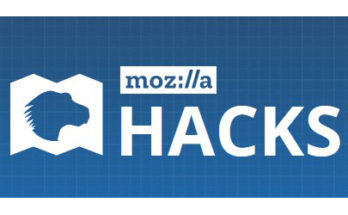“Strategies, standards, and supporting resources to make the Web accessible to people with disabilities.”
—W3C Web Accessibility Initiative (WAI)
World Wide Web Consortium – Web Accessibility Initiative
The World Wide Web Consortium’s (W3C) commitment to lead the Web to its full potential includes promoting a high degree of usability for people with disabilities. The Web Accessibility Initiative (WAI) is an initiative of the W3C.
WAI develops its work through W3C’s consensus-based process, involving different stakeholders in Web accessibility. These include industry, disability organizations, government, accessibility research organizations, and more.
WAI, in partnership with organizations around the world, pursues accessibility of the Web through five primary activities:
- ensuring that core technologies of the Web support accessibility
- developing guidelines for Web content, user agents, and authoring tools
- facilitating development of evaluation and repair tools for accessibility
- conducting education and outreach
- coordinating with research and development that can affect future accessibility of the Web
Accessibility Principles
Summary
This page introduces some of the web accessibility requirements for websites, web applications, browsers, and other tools. It provides references to the international standards from W3C Web Accessibility Initiative (WAI) and to stories of web users .
Note: This is not a complete list of all accessibility requirements.
Page Contents
- Web accessibility standards
- Perceivable information and user interface
- Operable user interface and navigation
- Understandable information and user interface
- Robust content and reliable interpretation
Web Content Accessibility Guidelines
Web Content Accessibility Guidelines (WCAG) is developed through the W3C process in cooperation with individuals and organizations around the world, with a goal of providing a single shared standard for web content accessibility that meets the needs of individuals, organizations, and governments internationally.
The WCAG documents explain how to make web content more accessible to people with disabilities. Web “content” generally refers to the information in a web page or web application, including:
- natural information such as text, images, and sounds
- code or markup that defines structure, presentation, etc.
WCAG 2.1 Web Content Accessibility Guidelines
Easy Checks – A First Review of Web Accessibility
This page helps you start to assess the accessibility of a web page. With these simple steps, you can get an idea whether or not accessibility is addressed in even the most basic way.
These checks cover just a few accessibility issues and are designed to be quick and easy, rather than definitive. A web page could seem to pass these checks, yet still have significant accessibility barriers. More robust assessment is needed to evaluate accessibility comprehensively.
This page provides checks for the following specific aspects of a web page. It also provides guidance on Next Steps and links to more evaluation resources.
Page Contents
- Page title
- Image text alternatives (“alt text”) (pictures, illustrations, charts, etc.)
- Text:
- Interaction:
- Keyboard access and visual focus
- Forms, labels, and errors (including Search fields)
- General:
Get Resources for…
Resources for Designers – Provides a starting point for information that is particularly relevant to visual designers and user interface designers.
Resources for Developers – Provides a starting point for information that is particularly relevant to developers.
- Content Writers
- Evaluators, Testers
- Managers
- Policy Makers
- Trainers, Educators
- Web Users, People with Disabilities, Advocates






